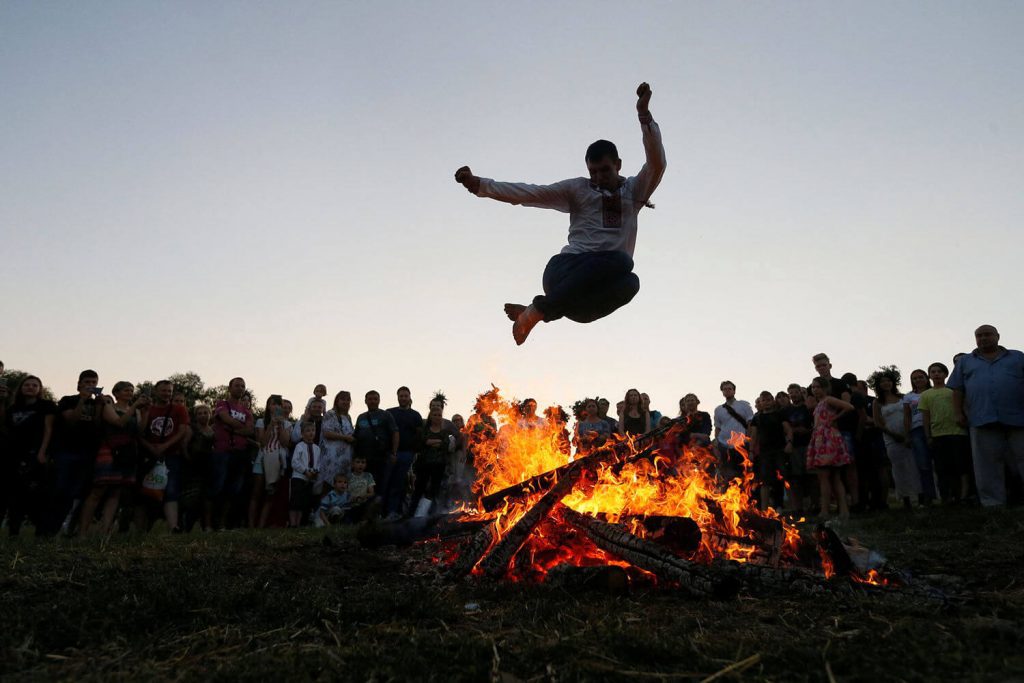What Is Nowruz?
Nowruz, also spelled as “Norooz” or “Nawroz,” is the Persian New Year(Nowruz celebration), marking the arrival of spring and the beginning of the new year in the Iranian calendar. Rooted in ancient Persian traditions, Nowruz is celebrated on or around March 20th-21st, aligning with the spring equinox. It is a festival of renewal, joy, and cultural heritage that has been observed for over 3,000 years.
Who Celebrates Nowruz?
Nowruz is celebrated by millions of people across different countries and cultures, primarily in regions with Persian and Central Asian influences. The main groups that celebrate Nowruz include:
- Iran – The festival is deeply ingrained in Persian culture and is a national holiday.
- Afghanistan – Known as “Nawroz,” it is widely celebrated with special festivities.
- Kurdish Communities – Celebrated in Kurdish regions of Iraq, Turkey, and Syria.
- Central Asia – Countries like Uzbekistan, Tajikistan, Kazakhstan, and Turkmenistan observe Nowruz with traditional events.
- South Asia – Some communities in India and Pakistan, particularly among Parsis and Shia Muslims, celebrate Nowruz.
- Azerbaijan and the Caucasus – Countries like Azerbaijan, Georgia, and Armenia observe Nowruz as part of their cultural heritage.
Meaning of Nowruz and Why It’s Special?
Nowruz, meaning “New Day” in Persian, is the Persian New Year and marks the arrival of spring. It symbolizes renewal, rebirth, and a fresh start. Celebrated on the spring equinox (March 20th or 21st), Nowruz is a time for family gatherings, feasts, and cultural traditions that have been passed down for centuries.
History of Nowruz
Nowruz has ancient roots, dating back over 3,000 years to the Zoroastrian religion in the Persian Empire. It was originally a festival honoring the renewal of nature and was later embraced by various cultures and civilizations. Over time, Nowruz became a national holiday in Iran and many surrounding regions, maintaining its cultural and spiritual significance.
Nowruz Practices & Traditions
Nowruz is celebrated with a variety of traditions, including:
Haft-Seen Table – The Haft Sin table, or the table of seven things that start with the letter “s” (س) in Persian, is a central part of Nowruz and a family tradition. A special table setting with seven symbolic items, such as sabzeh (sprouted greens) for rebirth and seer (garlic) for health.

Spring Cleaning (Khaneh Tekani) – Families clean their homes to welcome the new year with freshness and purity.
Fire Jumping (Chaharshanbe Suri) – A pre-Nowruz tradition where people jump over fire to cleanse away negativity.

Visiting Friends and Family – Exchanging gifts, sweets, and good wishes.
New Clothes & Special Meals – People wear new clothes and prepare traditional dishes like sabzi polo (herbed rice with fish).
Nowruz Culture and Global Influence
Nowruz is celebrated in many countries, including Iran, Afghanistan, Azerbaijan, Central Asia, and parts of the Middle East, Caucasus, and South Asia. UNESCO recognizes it as an Intangible Cultural Heritage of Humanity due to its widespread cultural significance.
Is Nowruz the Same as Ramadan?
No, Nowruz and Ramadan are different. Nowruz is a cultural festival marking the new year, while Ramadan is an Islamic holy month observed by Muslims worldwide through fasting, prayer, and reflection. However, in some years, Nowruz and Ramadan overlap, leading to blended celebrations in some communities.
Nowruz is a joyful, inclusive celebration of nature, renewal, and hope, making it a cherished event for millions of people worldwide.

